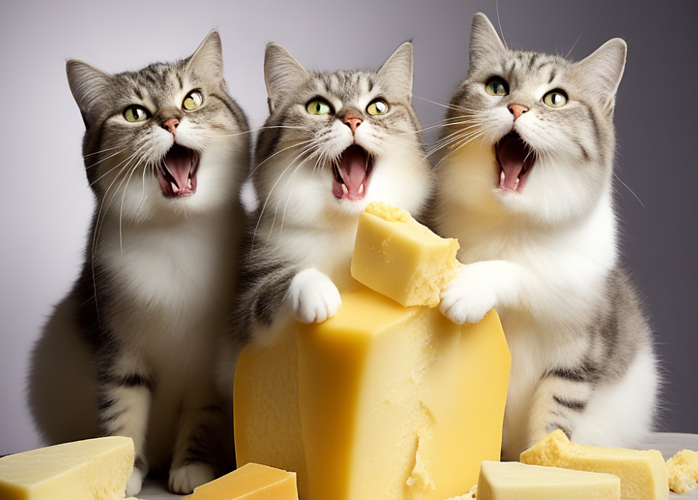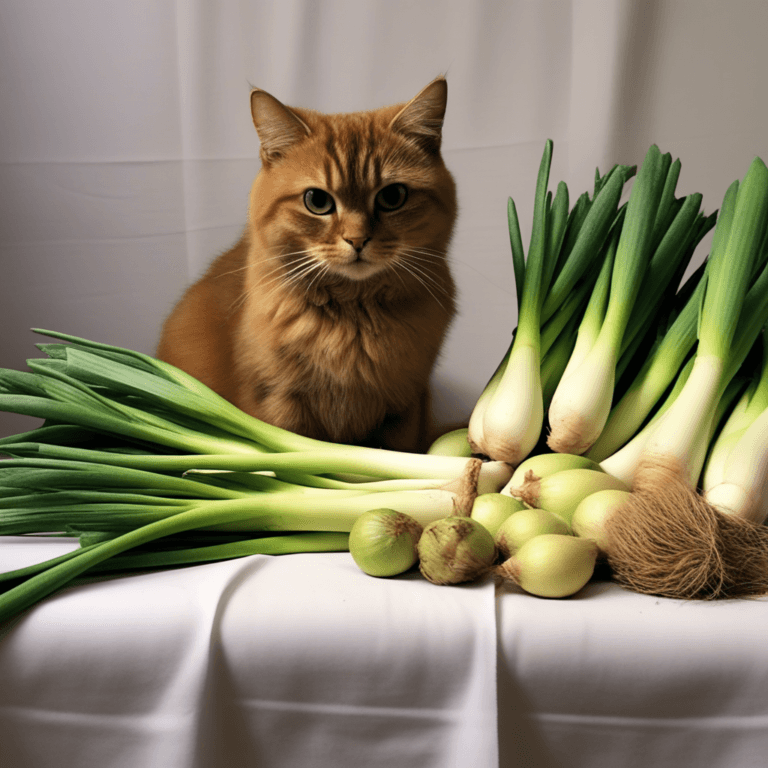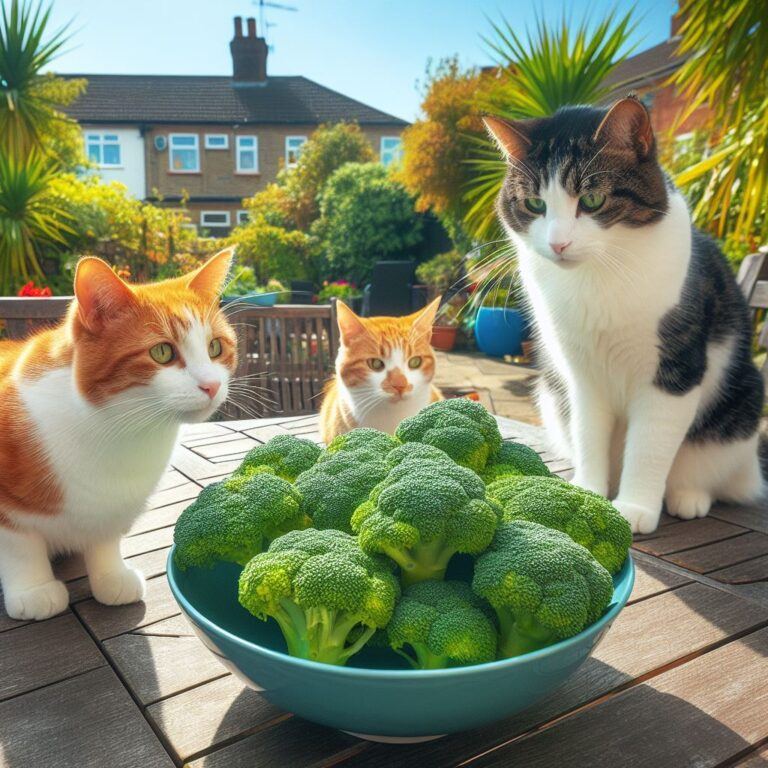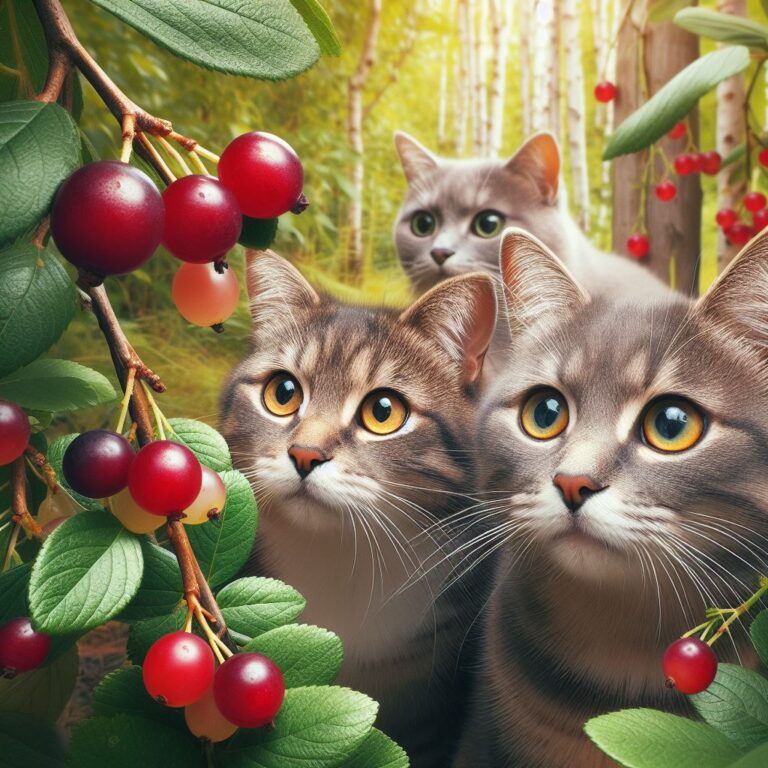Can Cats Safely Eat Cheese
If you’re a devoted cat owner, you likely find joy in pampering your feline friend with treats. One question that often arises is whether cats can safely indulge in cheese. After all, we’ve seen those adorable videos of cats nibbling on a piece of cheddar or batting at a cheese string.
In this exploration of feline nutrition, we’ll uncover the facts about whether cheese can be a part of your cat’s diet, addressing both the potential benefits and risks.
The Curious Case of Cheese in Cat Diets
Cats are known for their selective and often finicky eating habits. As obligate carnivores, their natural diet consists mainly of meat, making protein a vital component. Cheese, a dairy product, introduces a different element to the equation.
While cats lack the necessary enzymes to break down lactose effectively, not all dairy products are off the table. Let’s look at the specifics of whether cheese is a safe and suitable treat for your feline companion.
Understanding Lactose Intolerance in Cats
One of the primary considerations when contemplating cheese for your cat is their ability to digest lactose. Like some humans, many adult cats are lactose intolerant, meaning they lack enough lactase, the enzyme needed to properly digest lactose.
Cheese, however, contains lower levels of lactose compared to milk, and certain types may be more tolerable for some cats.
Benefits of Cheese in Cat Diets
Surprisingly, cheese can offer some nutritional benefits for your cat when given in moderation. It’s a good source of protein and fat, which can be especially beneficial for cats who need additional calories or those with high energy levels.
Additionally, the fat content in cheese might entice picky eaters or cats recovering from illness to consume a bit more food.
Choosing the Right Cheese for Your Cat
Not all cheeses are created equal, and some may be better suited for feline consumption than others. Opt for low-lactose or lactose-free varieties, and steer clear of cheeses with added flavorings, spices, or high salt content. Cottage cheese or mild, low-fat options may be gentler on your cat’s stomach.
Safety Precautions: Moderation is Key
As with any treat, moderation is crucial when it comes to offering cheese to your cat. While a small amount can be a tasty and enjoyable treat, too much can lead to digestive upset.
Monitor your cat for any signs of discomfort, such as diarrhea or vomiting, and adjust their cheese intake accordingly.
Observing Your Cat’s Reaction
Introducing a new food item to your cat’s diet should always be done with care. Watch your cat closely after offering a bit of cheese. If there are no adverse reactions and they seem to enjoy it, you may continue incorporating cheese into their treat repertoire.
However, if you notice any signs of distress or intolerance, it’s best to refrain from including cheese in their diet.
Consulting Your Veterinarian: A Wise Step
Before making any significant changes to your cat’s diet, including introducing cheese as a treat, it’s wise to consult with your veterinarian. They can provide insights into your cat’s individual dietary needs, potential intolerances, and offer personalized advice on the suitability of cheese in their diet.
Exploring Alternatives: Variety in Cat Treats
While cheese can be an occasional treat, it’s essential to provide a well-rounded assortment of treats for your cat. Consider other options like lean meats, freeze-dried treats, or catnip-infused goodies.
This variety not only keeps things interesting for your feline friend but also ensures they receive a diverse range of nutrients.
Conclusion: To Cheese or Not to Cheese?
In the ongoing saga of feline nutrition, the answer to whether cats can safely eat cheese is nuanced. With the right precautions, understanding your cat’s individual tolerance, and consulting your veterinarian, cheese can be a delightful addition to their treat menu.
Remember, every cat is unique, so paying attention to their reactions and preferences is key to creating a diet that keeps them healthy and content







